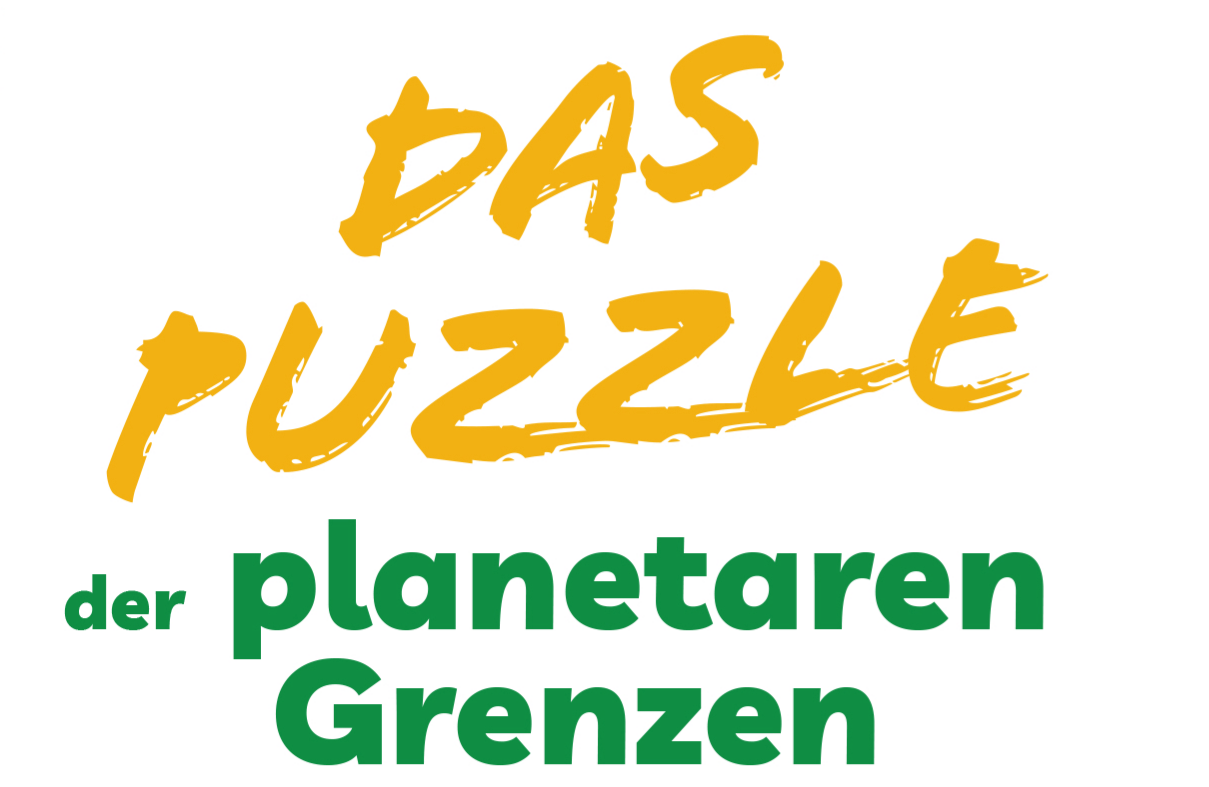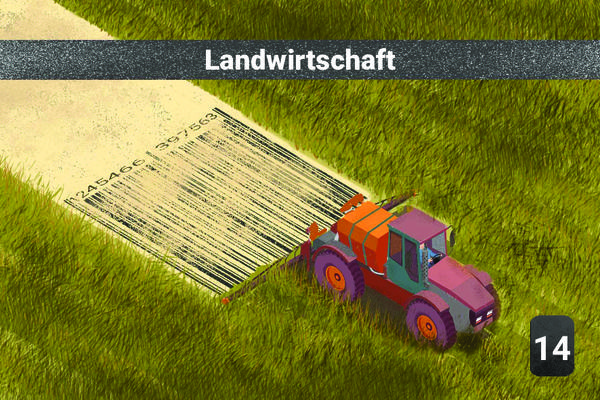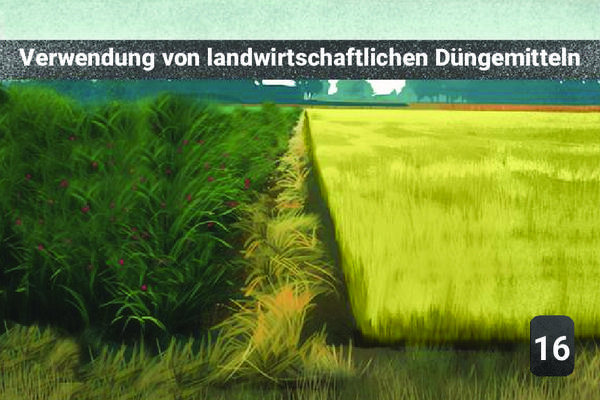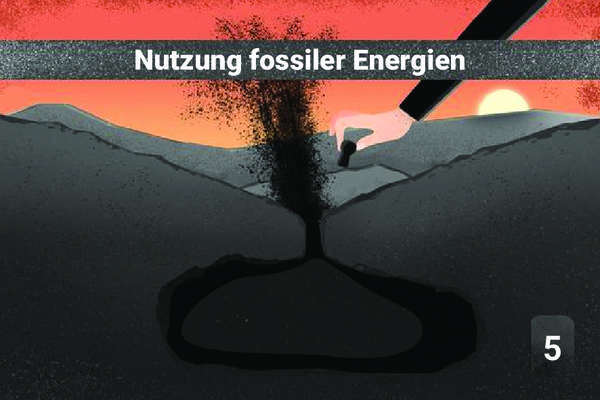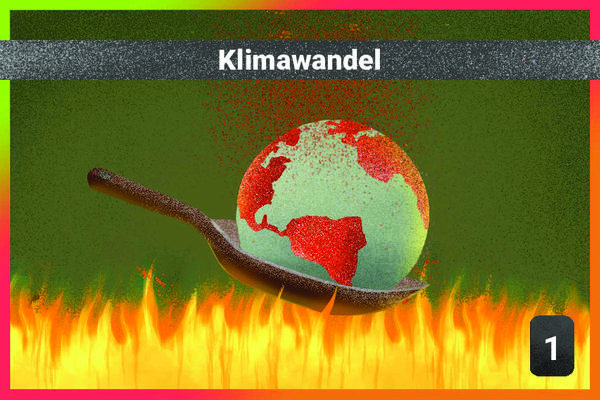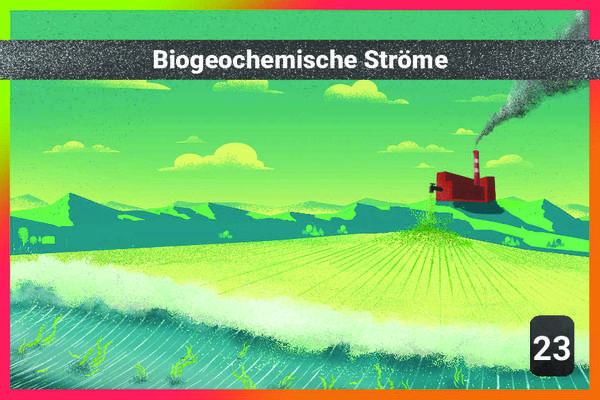12 - Methane and nitrous oxide emissions

✏️ Diese Erklärung ist in deiner Sprache noch nicht verfügbar, Hier klicken um deine Übersetzung vorzuschlagen oder schreibe eine E-Mail an fdn.memo@marc-antoinea.fr.
After CO2, the 2 other major GHGs emitted by the human species are CH4 and N20
3Ursachen
CH4: The digestion of ruminants (cattle, goats) releases methane via the enteric fermentation process. Organic matter is decomposed without oxygen. The same process takes place in rice fields.
N2O comes from the spreading of nitrogen fertilizers. The part of the fertilizer that does not go into the plant to make it grow oxidizes in the open air.
The application of nitrogen fertilizers is responsible for most nitrous oxide (N2O) emissions. Nitrogen fertilizers use methane to make them, but there are no methane emissions when using the fertilizers.
Methane represents 17% of GHGs globally (mainly agriculture, but also during production (particularly leaks) and combustion of fossil fuels). Nitrous oxide is not directly linked to the use of fossil fuels.
1Auswirkung
1Andere mögliche Ursache
Nitrous oxide (N2O) emissions are directly linked to the disruption of the nitrogen cycle, which is one of the nine key areas defined by the Planetary Borders concept. The nitrogen cycle is a natural process that involves the different stages of fixation, assimilation, transformation and release of nitrogen into the environment.
